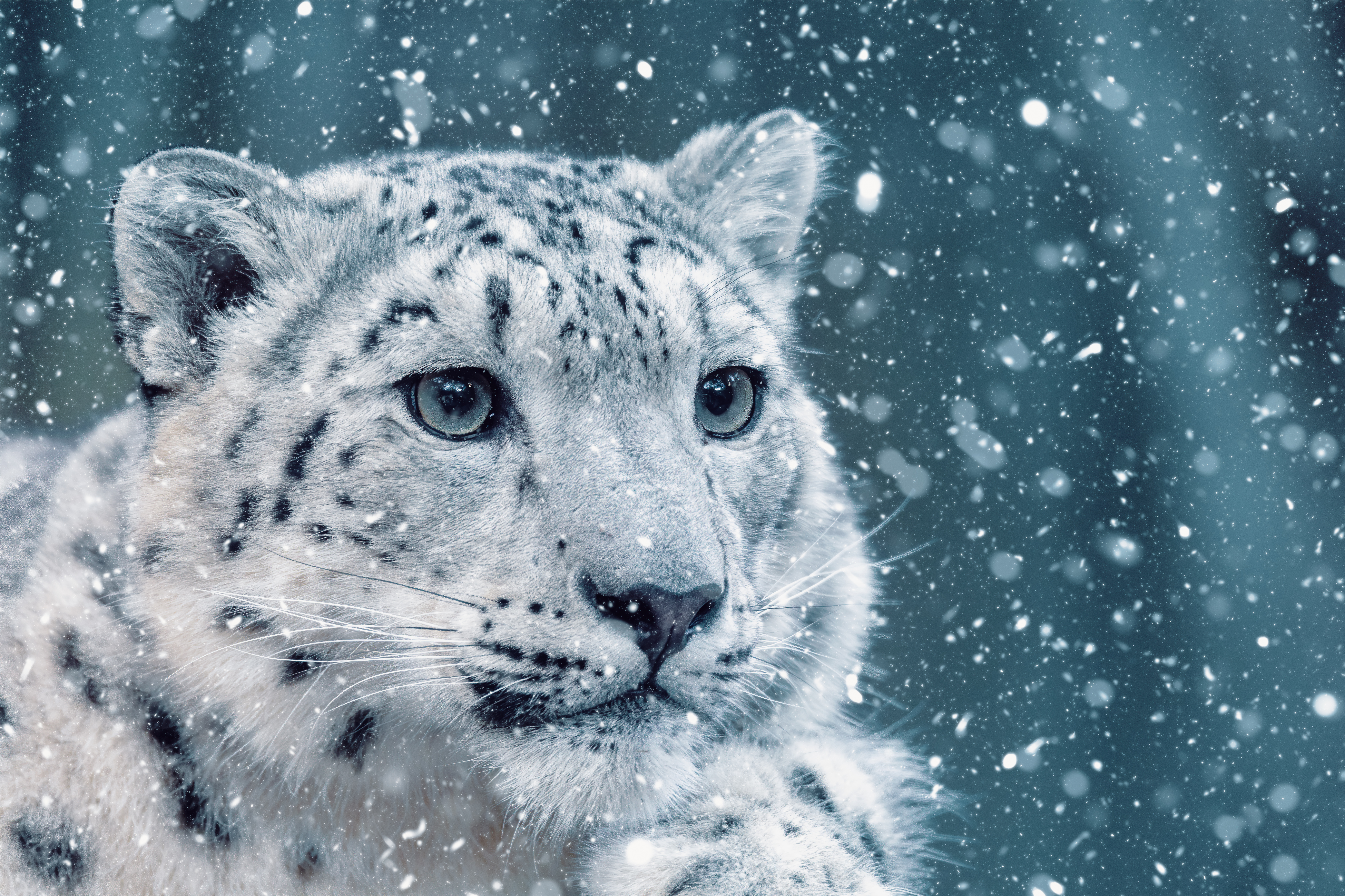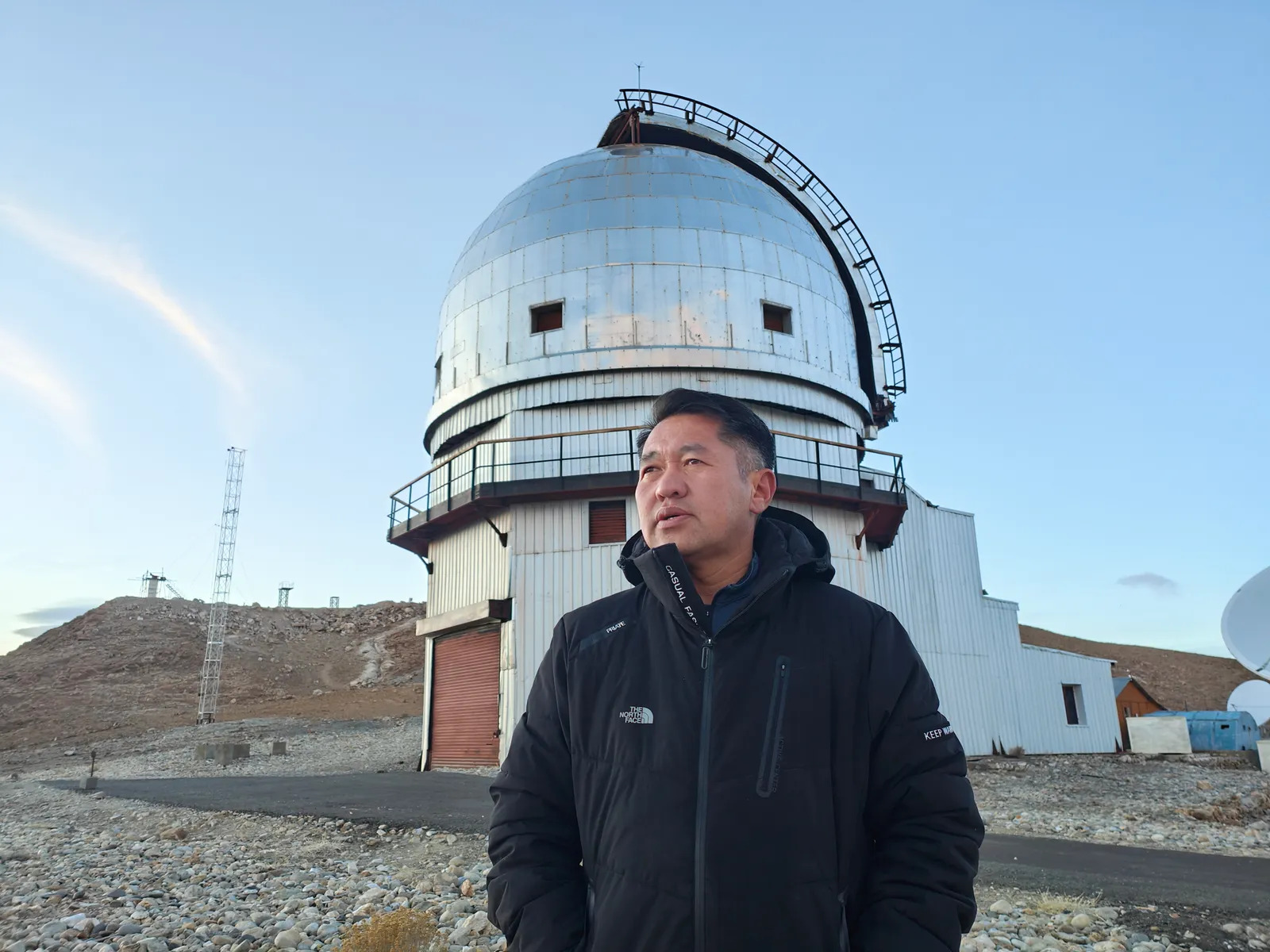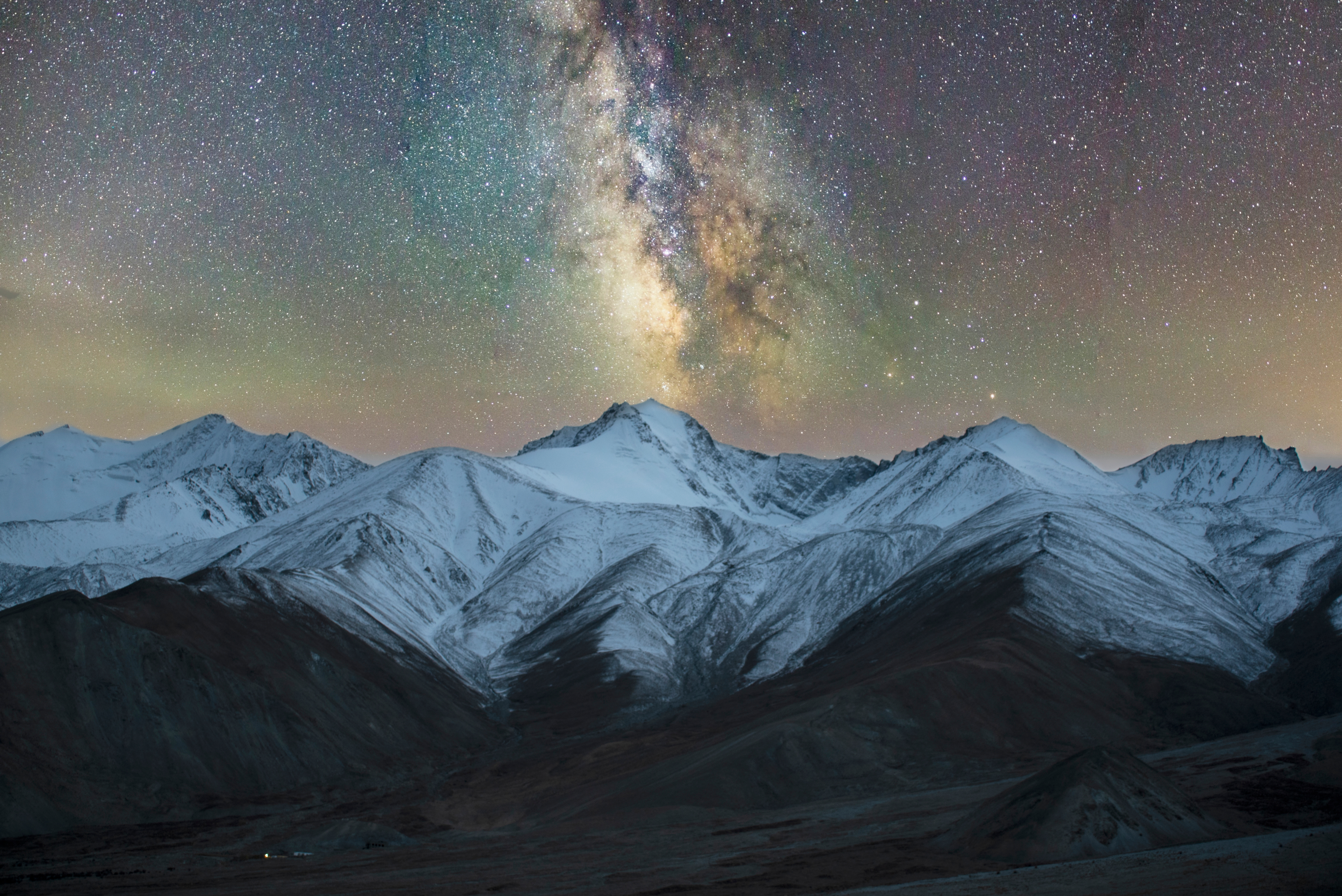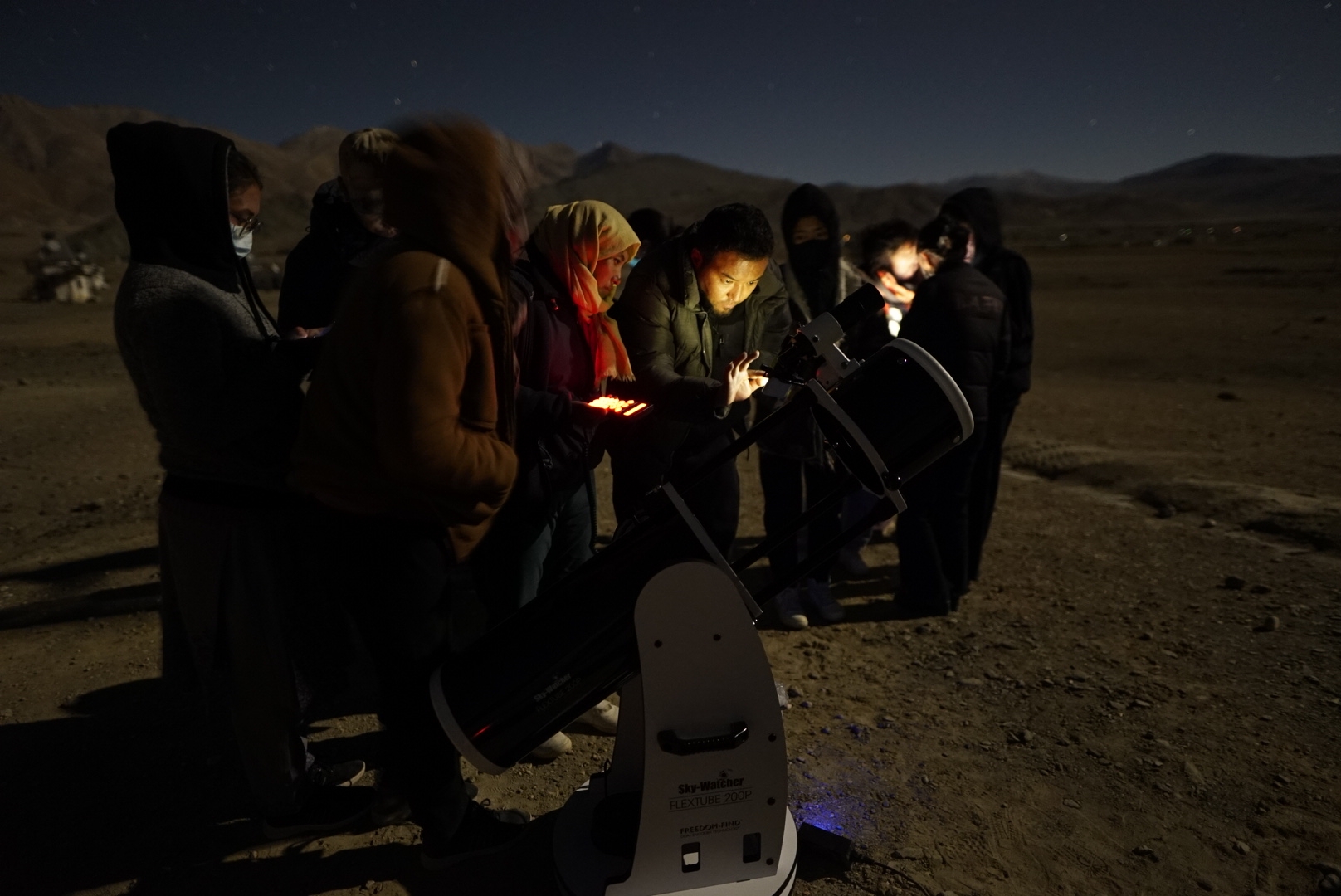Starry eyed for snow leopards
October 23, 2023

‘There is a sense of deep comfort I find looking at the night sky,’ says 24-year-old Dolker from Hanle village in Changthang Cold Desert Wildlife Sanctuary in the Trans-Himalayan cold desert region of Ladakh. ‘Other people must feel the same way too, may be that is why they come from all over the world to see this wonderful sight,’ she says, pointing out half a dozen constellations among a maze of stars.
Dolker is one of the 24 astronomy ambassadors that have been trained in star gazing in Hanle as the Administration of Union Territory (UT) of Ladakh has notified an area of more than 1,000 sq kms around Hanle as India’s first Dark Sky Reserve, an area where use of artificial lighting at night is minimized to support astronomy and protect biodiversity. This has been realised through a unique collaboration between the Administration, Indian Institute of Astrophysics, and Ladakh Autonomous Hill Development Council of Leh.

Dorje Angchuk, Engineer-in-charge, Indian Astronomical Observatory, Hanle
The Indian Astronomical Observatory at Hanle, which has the second-highest optical telescope in the world located at an elevation of approximately 4,500 metres above sea level, is also located in this region. ‘This place is very dry and cold, and has clear skies for larger part of the year which makes it great for astronomical observations. Moreover, it is accessible round the year from Leh town making it an exciting astrotourism destination for beginners, amateurs and professionals alike,’ explains Dorje Angchuk, Engineer-in-charge at the Indian Astronomical Observatory.

The Indian Astronomical Observatory in Hanle, situated at 4,500 metres above sea level, is one of the highest in the world
The surprise winner though, will be the wildlife of the region, including all the three wild cats present in Ladakh – snow leopard, lynx, and Pallas’s cat, and the elusive antelope, Tibetan gazelle. When tourists visit critical wildlife habitats for stargazing, responsible tour operators emphasize eco-conscious behaviours. These practices not only protect the night sky for astronomy enthusiasts but also help preserve the natural environment, reducing disturbances to snow leopards and their prey.
Being a Dark Sky Reserve, light pollution in the region is being significantly reduced. This helps reduce the interference to biological clocks of wild animals – something that affects key behavioural aspects like reproduction and predator-prey interactions. Apex predators like snow leopards sometimes need up to 18 hours of rest and sleep to save sufficient energy for hunting, and keeping the environment as natural as possible goes a long way in ensuring that.

The cold and dry climate of Ladakh is conducive for astronomy
Promoting astrotourism also offers an opportunity to create alternative livelihood opportunities for local communities without increasing pressure on natural ecosystems. Agriculture and livestock keeping are the two major occupations in the region, both affected by erratic weather patterns and climate change. It becomes important, therefore, to create new avenues so that people do not start migrating, and the balance between the natural and cultural heritage of the region is maintained.
‘Besides providing them with telescopes and related training, community members will be trained on the basics of tourism operations like natural history, housekeeping, customer service, bookkeeping, and legal and safety regulations among others. Standard operating procedures are being developed, and signages will be placed at key locations to sensitize both villagers and tourists on appropriate behaviour to minimize light pollution’, informs Sajjad Hussain Mufti, Chief Wildlife Warden, Department of Wildlife Protection of Ladakh, which is leading the Dark Sky Initiative in the region.
Moving ahead, a branding and marketing strategy is being put in place to establish the destination on the global astrotourism map, and create a sustained brand value by highlighting the authentic experiences and efforts to preserving local culture, and prioritizing environmental sustainability. Certification from apex international agencies working to promote astrotourism will further build the credibility of the destination’.

Community members being trained
Being a night-time activity, astrotourism also offers opportunities to curate daytime experiences for tourists. The region is already popular for its landscapes and wildlife, and activities like nature walks, birdwatching and wildlife tours, trekking and hiking can diversify the product portfolio of these homestays, helping them generate more revenue without necessarily increasing the number of visitors.
The SECURE Himalaya initiative by UNDP and Ministry of Environment, Forest and Climate Change, Government of India, supported by the Global Environment Facility, is working with the Department of Wildlife Protection of Administration of UT Ladakh to build the capacities of local communities for establishing and operating astrotourism enterprises.
‘It makes you feel so insignificant yet so blessed at the same time, looking at these stars’, sighs Dolker, as she takes her eyes off the telescope and gets ready to call it a night. ‘If this works out, it’s good for us villagers, and for wild animals too. Our youth can find work here and need not go to the cities’, she hopes.
For people living in this tiny hamlet, and for the snow leopards, it feels like sky is the limit.

 Locations
Locations